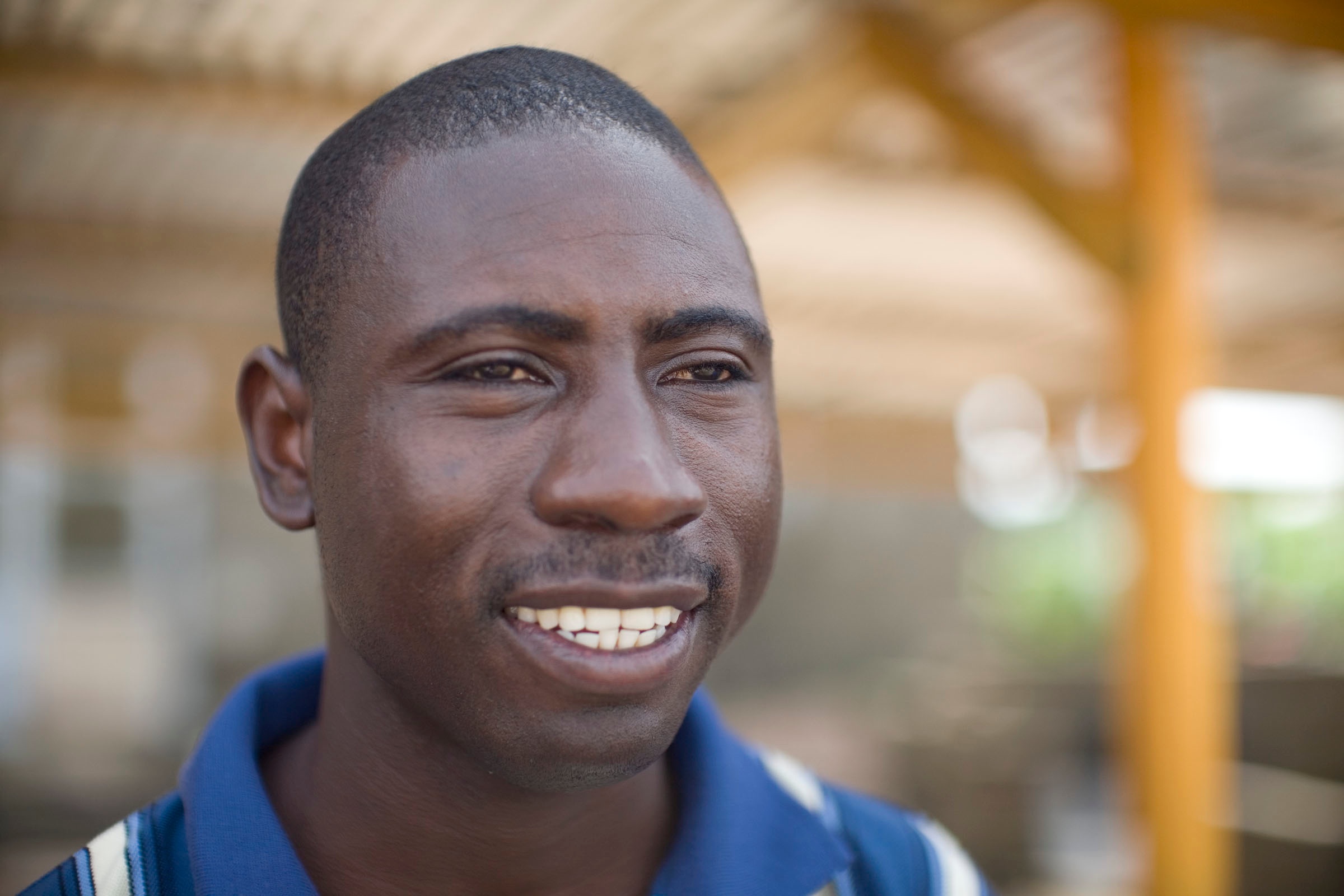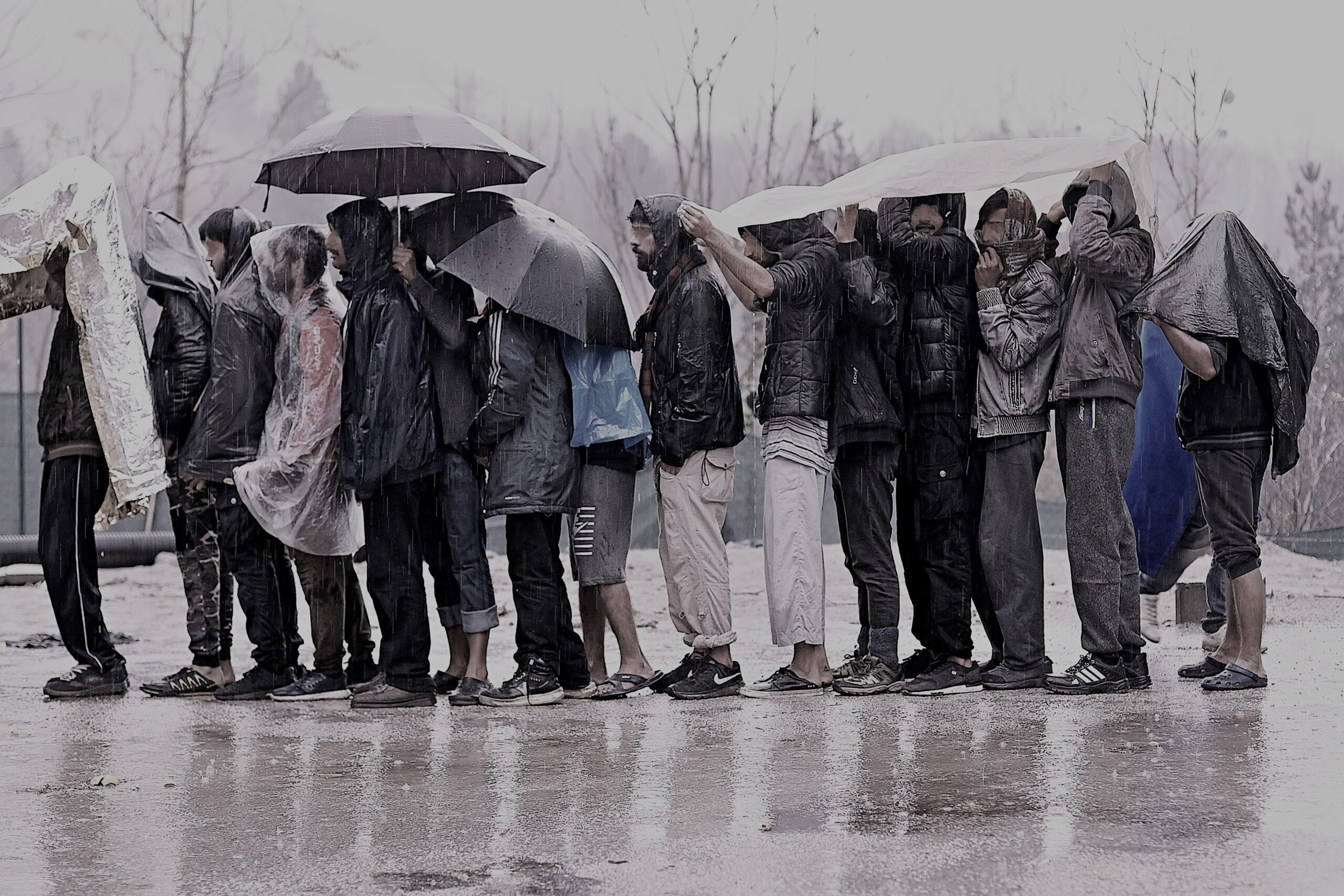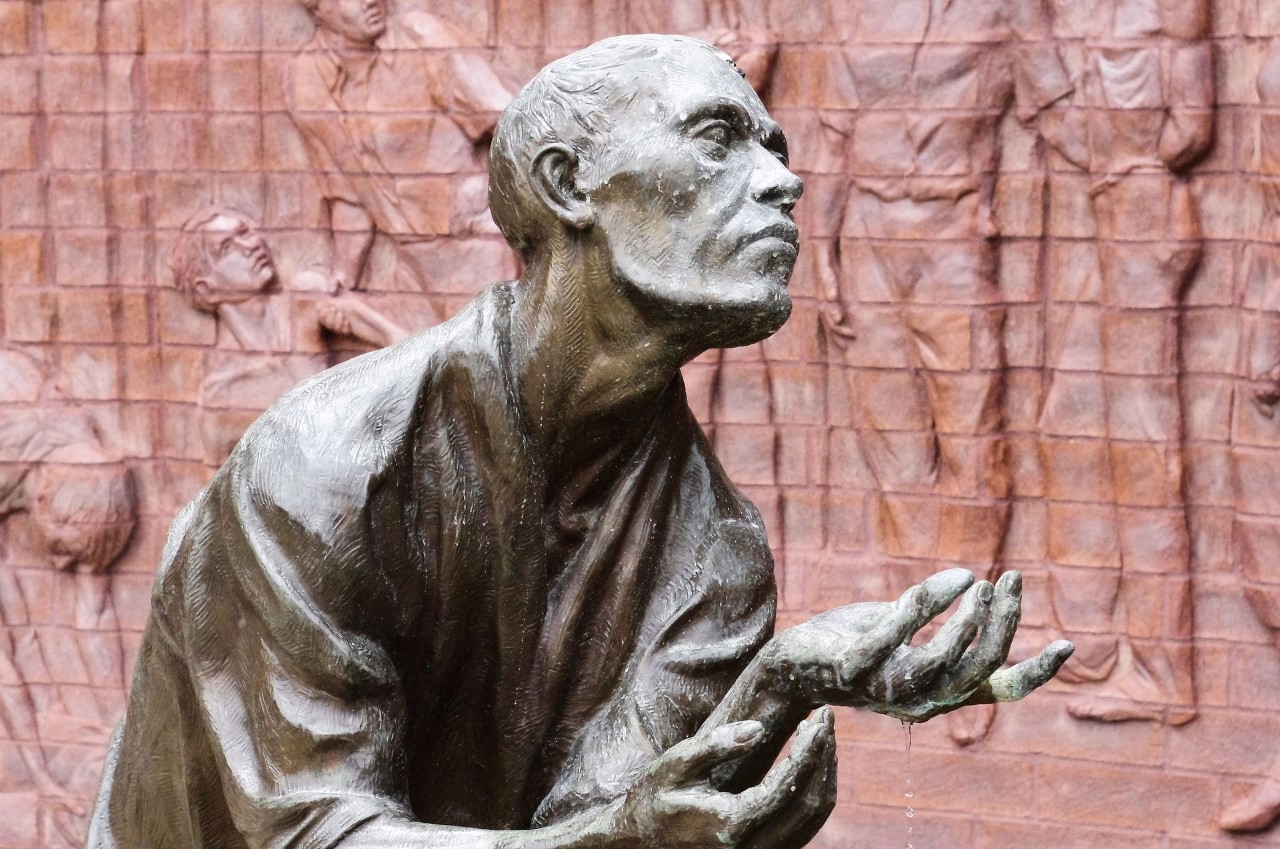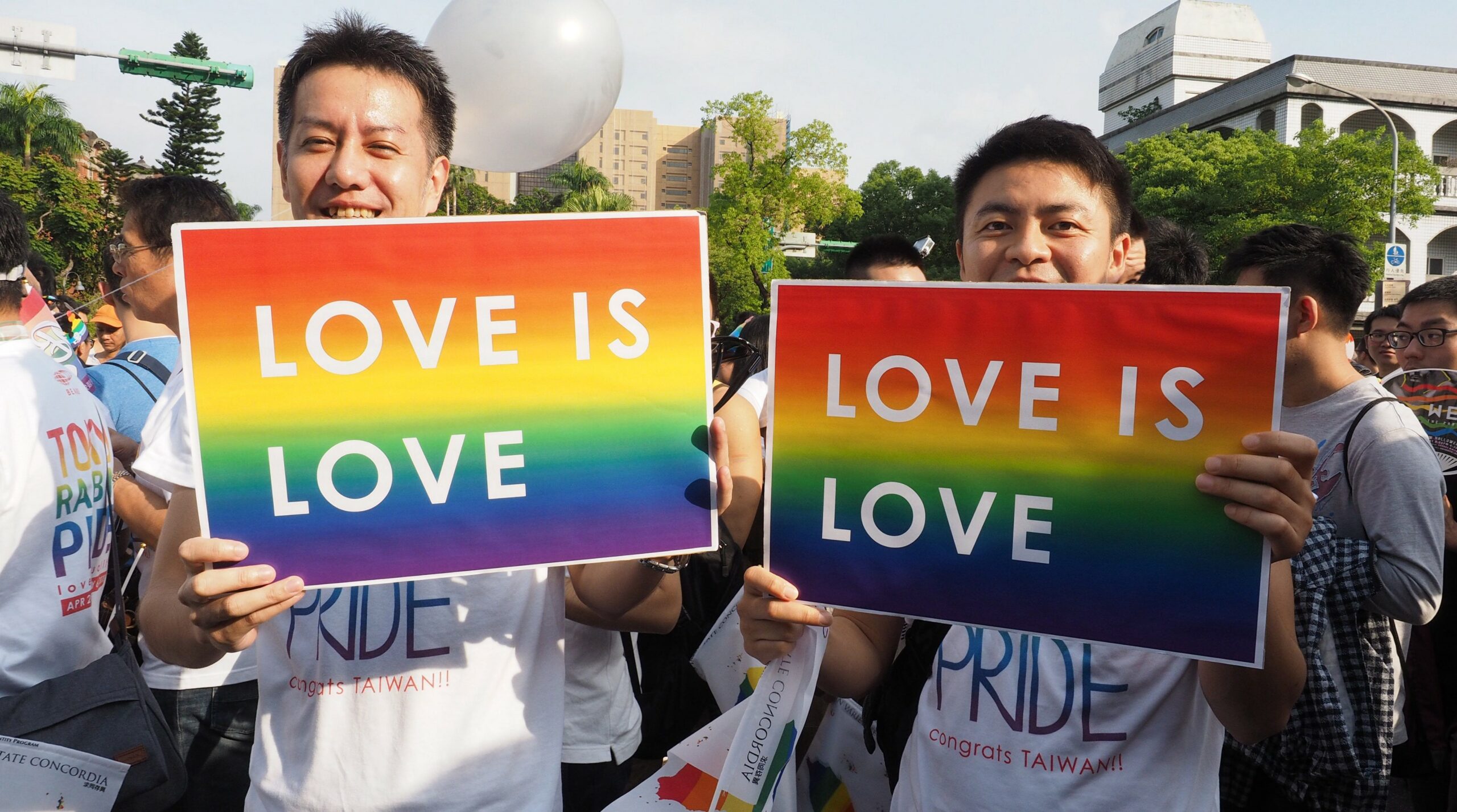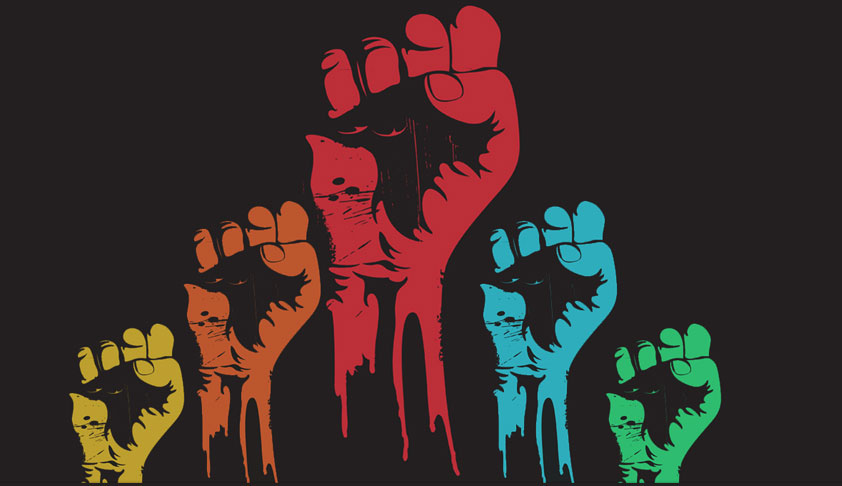
South Asia is at the top of regions in the world with massive human rights violations. Given that the countries in South Asia share almost similar cultures and traditions with one another, the prospect of a regional mechanism in this particular region is both possible and necessary.
SAARC provides the organizational structures and initiatives to protect human rights in the South Asian region. But it needs effective implementation. The strengthening of existing mechanisms serves this end far more than a fresh start especially within the densely populated South Asian region.
Thus, by taking the European model as its basis and by making a comparative analysis, there are three dimensions that SAARC needs to consider in establishing the regional mechanism in South Asia.
- SAARC Council as a Council of Europe:
The first lesson to be learnt from the European model is the establishment of a firm institutional backbone that holds and unites the states together and drives them towards a collective purpose. The good thing about the institutional setup of SAARC is that it already has a council represented by the head of the governments of the member states. There is a council of ministers for policy making, reviewing the SAARC functions, promoting regional interests and so on. However, it lacks a proper monitoring mechanism which often means that plans and agendas are not implemented. The Council of Europe monitors member states’ progress in these areas and makes recommendations through independent expert monitoring bodies.
- SAARC Charter and the European Convention on Human Rights
Without a strong legal foundation, the establishment of a proper institution to protect human rights would remain on paper, as seen in the South Asian regions. It is necessary either to frame a new convention on the protection of human rights by taking into consideration the type of human rights violation in this region, or to accommodate the provisions of defending human rights violations within the SAARC charter.
In view of the ongoing instances of not taking seriously the mandates of the SAARC Charter, the convention should stand as a strong legal foundation and be concluded in accordance with the Vienna Convention on the Law of Treaties. This founding treaty shall have binding force and be honoured by all parties in good faith (pacta sunt servanda) where member states cannot invoke their domestic laws as a justification for their failure to implement the treaty. In view of the deviation rates in countries of South Asia in terms of rule of law and human rights, a strong regional convention is necessary.
- Establishment of Regional Human Rights Court in South Asia:
The nations in South Asia have top place in rankings in worst political and press freedom, corruption, poverty, among others. The region also seriously lacks an independent judiciary in most of the countries in which it is kept under serious executive scrutiny and sometimes is subject to immense political pressure through various means. Thus the rights of the people of the region are very likely to be jeopardized and there is a need for a human rights court which allows the individual to access against the violation of his/her rights by the state itself.
There are similarities between European and South Asian countries vis-à-vis the attempts towards regionalism, the addressing of the diversity issues. Furthermore, the European mechanism is being recognized for its profound contribution to regional integration, its role in promoting economic progress, political stability and development of the region by ensuring peace, prosperity, progress and more importantly for the better co-operation at a regional level and better human rights laws implementation. By taking human rights as the ground for enriching regional cooperation, the mechanism as an example to emulate. It is the high time South Asian states should be worried about the rampant human rights issues. Against this background, fortifying the SAARC, an existing mechanism, will entail fewer economic and institutional burdens on the state as opposed to starting everything from scratch.

